Stations
- Bluebonnet Swamp Nature Center
- Woodlands Conservancy
- Thornwell Rice Complex
- Griffard Residence, Sunset
Bluebonnet Swamp Nature Center
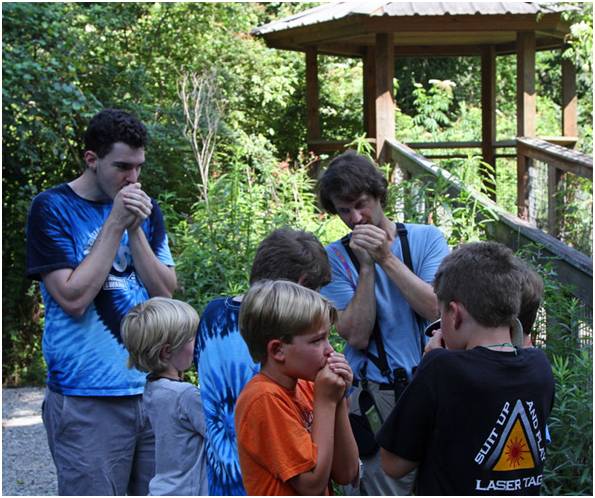
Bluebonnet Swamp is a 103-hectare nature preserve owned and managed by BREC within the city limits of Baton Rouge, Louisiana. Bluebonnet Swamp is dominated by an upland beech-magnolia forest adjacent to a large cypress-tupelo swamp. Although stunningly beautiful, Bluebonnet Swamp sustained severe damage during hurricane Gustav accelerating the proliferation of Chinese privet, an invasive woody shrub.
Many species of birds rely on Bluebonnet Swamp for breeding, wintering and as an important migratory stopover site within the urban sprawl of Baton Rouge. Bluebonnet Swamp's proximity to Louisiana State University has provided LABO the opportunity to train numerous undergraduate and graduate students in contemporary bird monitoring techniques.
Woodlands Conservancy
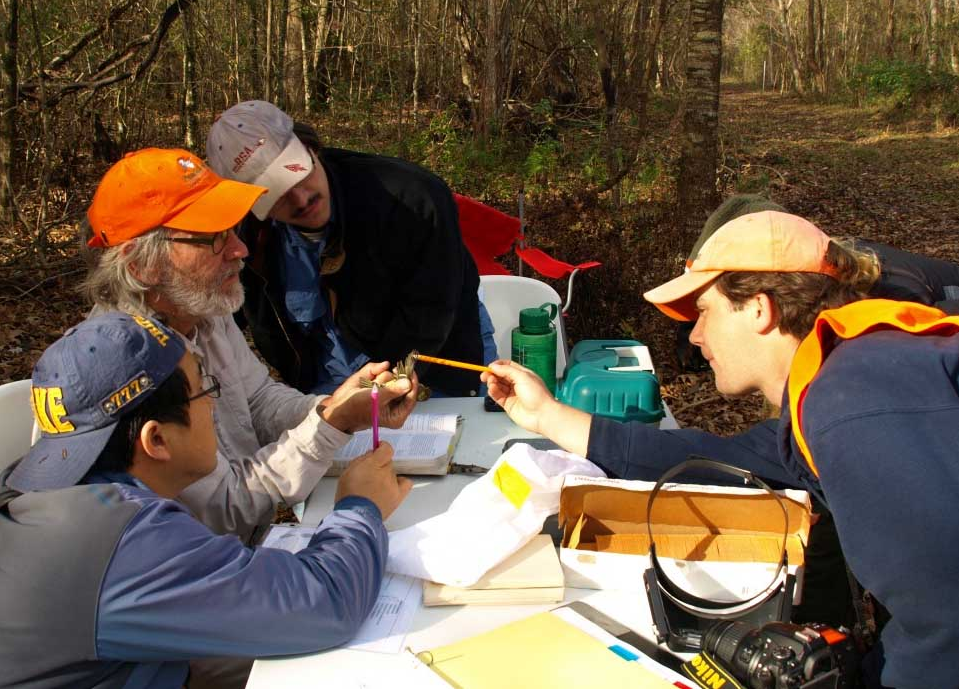
Woodlands Conservancy is a local land trust that partnered with Barataria-Terrebonne National Estuary Program (BTNEP) who provided funding support to establish and operate two bird monitoring stations within forested wetlands in the Greater New Orleans area: one at Woodlands Trail in Belle Chasse and one at Delacroix Preserve in English Turn/Lower Coast Algiers.
The Woodlands Conservancy stations focus on studying bird usage of healthy forested wetland areas in comparison to areas that are undergoing native plant restoration following intensive hurricane damage from Katrina and Gustav and subsequent invasive species proliferation. Data from Woodlands Conservancy will further LABO's goal of measuring bird demographics at large landscape levels, support training for students and provide research opportunities for universities in the New Orleans area.
Thornwell Rice Complex
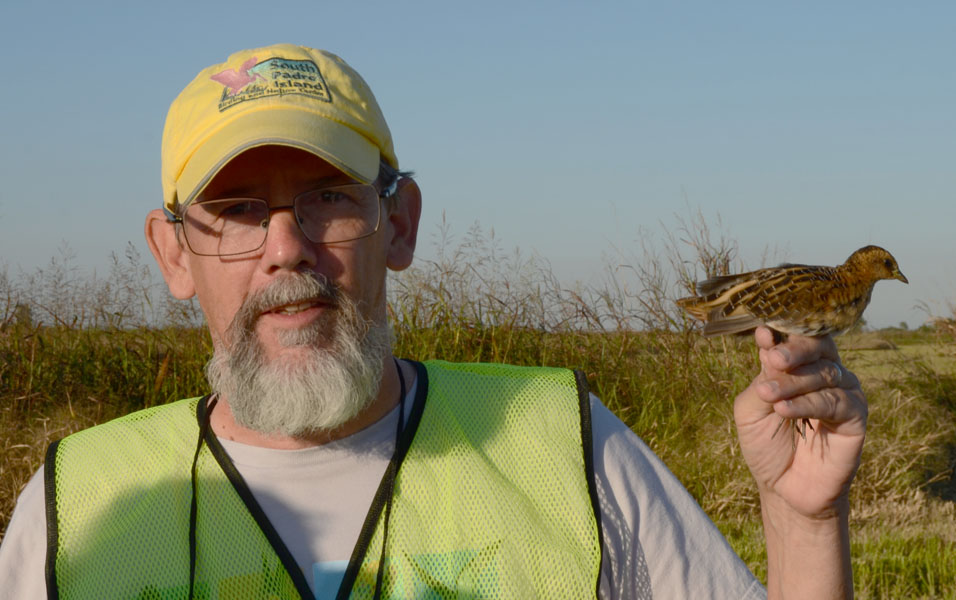
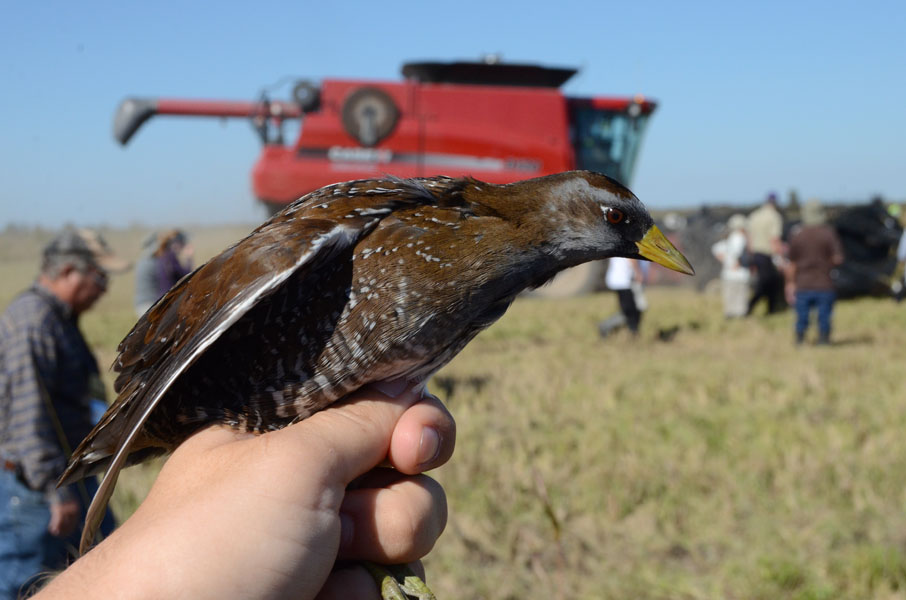
In the vast agricultural lands near Lake Charles, Louisiana, Snowy Egret Enterprises organizes the annual Yellow Rails and Rice Festival, during which LABO primary banders offer a banding workshop to teach advanced aging techniques and provide a unique opportunity to learn about several species of rails.
LABO banders also provide banding demonstrations for festival goers, during which volunteers are instrumental in catching Yellow Rails in addition to excellent numbers of Soras, Virginia Rails, and various species of wet-grass songbirds. This work provides a rare glimpse into the life history of the Yellow Rail, one of North America's most secretive and least studied birds, in a landscape where some of the highest numbers of Yellow Rails away from the breeding season have ever been recorded.
Griffard Residence, Sunset
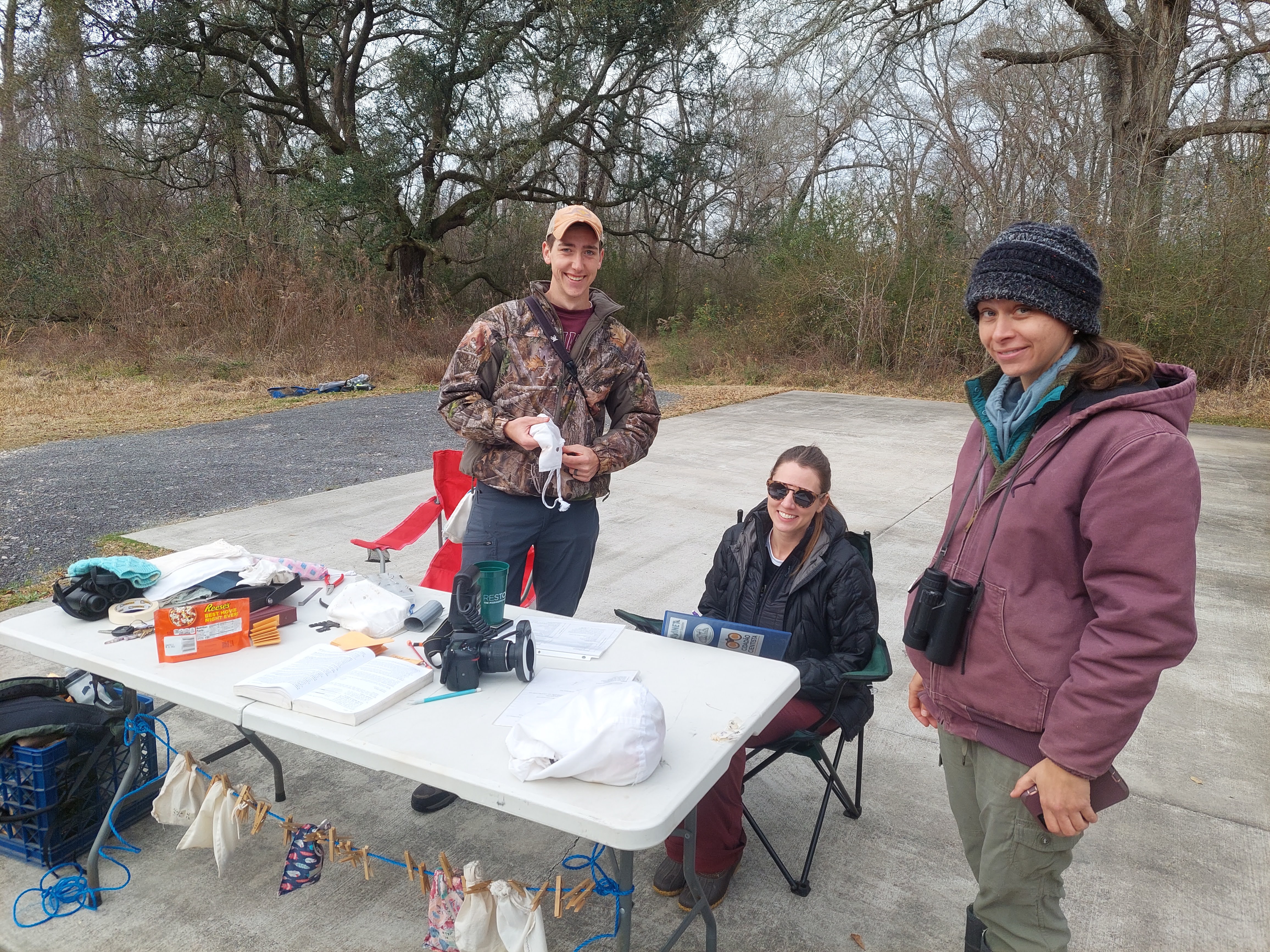
Pete and Phyllis Griffard are native plant advocates and are restoring their 8-acre property into native, bird-friendly habitat. Dominated by large live oaks and water oaks, a variety of native saplings and early successional plants are constantly being added to the property.